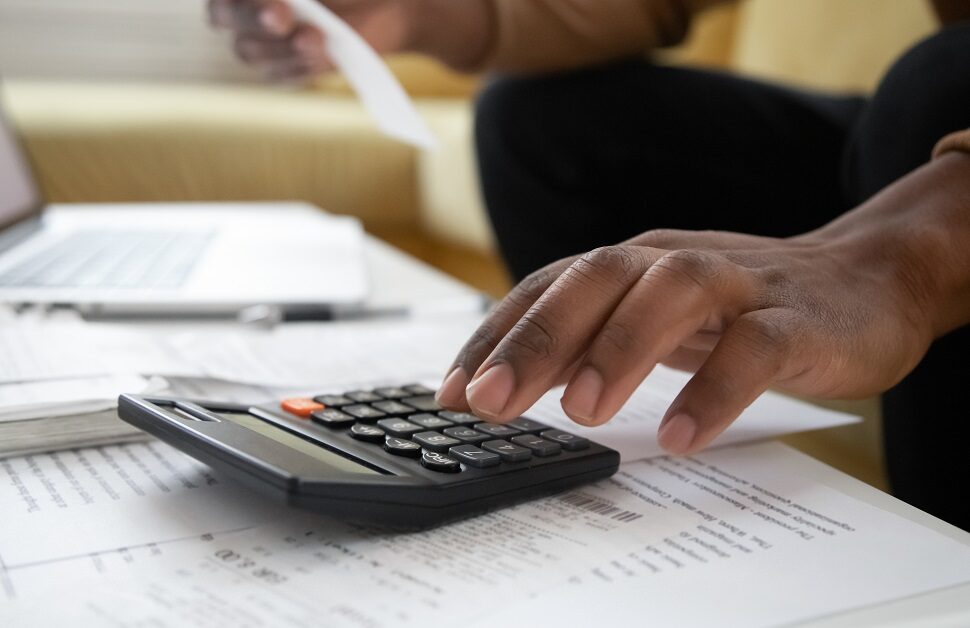
Stamp Duty on Land
Costs accrue during several stages of the land and property purchasing process from a number of areas, potentially leading to unanticipated worry and stress for the purchaser who has to account for all outstanding fees. First-time buyers, however, are the only exception for stamp duty, but even then, only on property purchases below £500,000. All future purchases on properties above £125,000 will require consideration to the rule.
Anyone with knowledge of the property purchasing process or experience buying their own home will be fully aware of stamp duty and how it can add an unexpected extra fee onto the overall purchase price. As a result, property buyers are required to factor in the additional cost into their budget for buying a new property.
Stamp duty is a form of property transaction tax that needs to be paid on property purchases above certain brackets. It acts as proof of payment that the documents involved in the property purchasing process have been correctly stamped at point of payment, hence the name. But while it is clear that stamp duty is applicable on property purchases, you may be wondering if land purchases face the same protocol around them.
Is Land Tax the Same as Stamp Duty?
During the process of purchasing land, you will be required to pay land tax, just as you would pay stamp duty for purchasing a property. In fact, it is also labelled as a form of stamp duty, making it easier for banks and building societies to state that tax is a universal feature that should be applied to potential land and property purchases.
As with buying a property such as houses or flats for solely private use, for example, you are usually required to pay stamp duty when you purchase plots of land. In England and Northern Ireland, it is known as stamp duty land tax (SDLT) for purchases on land for sale. Alternatively, in Scotland and Wales, it is better known as land and buildings transaction tax (LBTT) and land transaction tax (LTT) respectively.
How Much is Stamp Duty on Land?
The cost of stamp duty land tax for the specific plot of land is determined by the price paid for the land. Current rates are based on the figures put forward on 1st October 2021, with parameters altering between circumstances based on the purchase price and the purpose of the piece of land.
Below, you will find the current brackets for SDLT for broad land uses, as outlined by gov.uk:
Residential Land
Up to a max price of £125,000 – 0%
Between £125,001 and £250,000 – 2%
Between £250,001 and £925,000 – 5%
Between £925,001 and £1,500,000 – 10%
Over a min price of £1,500,000 – 12%
Non-Residential Land
Up to a max price of £150,000 – 0%
Between £150,001 and £250,000 – 2%
Over a min price of £250,000 – 5%
Companies and Non-Natural Persons (NNP)
Over a min price of £500,000 – 15%
Do I Need to Pay Stamp Duty on Land?
Using the figures above, you can determine whether or not you will need to pay stamp duty land tax based on the purchase price and purpose of your plot of land. If so, you can then use the bracket your plot of land falls into to weigh up the percentage of SDLT that you will need to pay.
Understanding the requirement early and gauging the likely outstanding cost will help, particularly as you can work it into your overall budget and avoid coming across any unexpected fees late into the land purchasing process.
It is also important to emphasise that first-time buyers are entitled to a stamp duty exemption on their land purchase, just as first-time buyers are given exemption on their first property purchase. In England and Northern Ireland, providing the property they are looking for costs less than £500,000 in total, a SDLT payment isn’t required on the first £300,000.
That said, the rules vary by country, including separate countries within the United Kingdom. For instance, in Scotland, the exemption is for land purchases up to £175,000, and in Wales, the exemption is for land purchases up to £180,000.

There are no comments yet. Why not get involved?